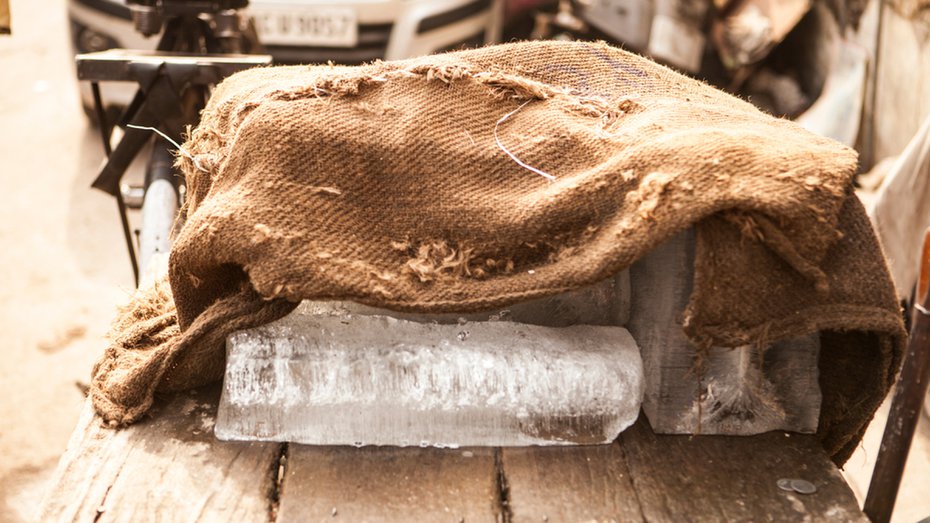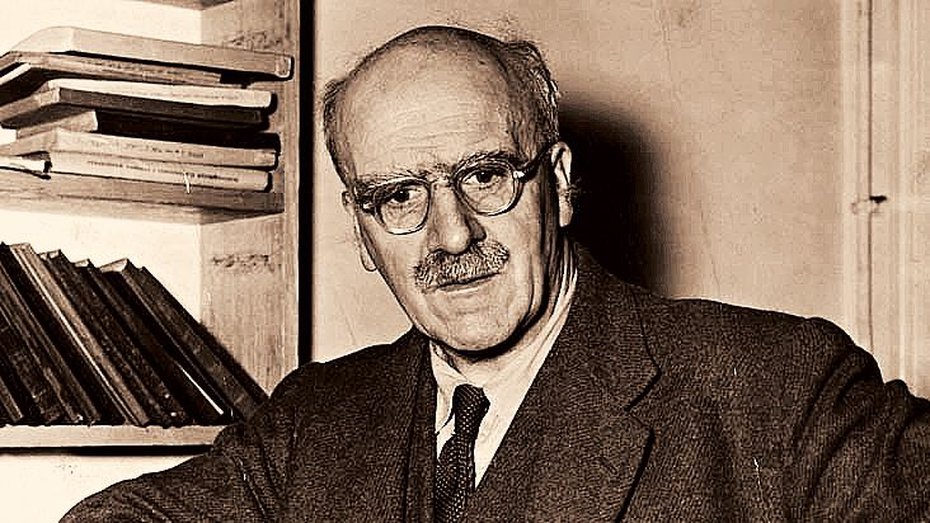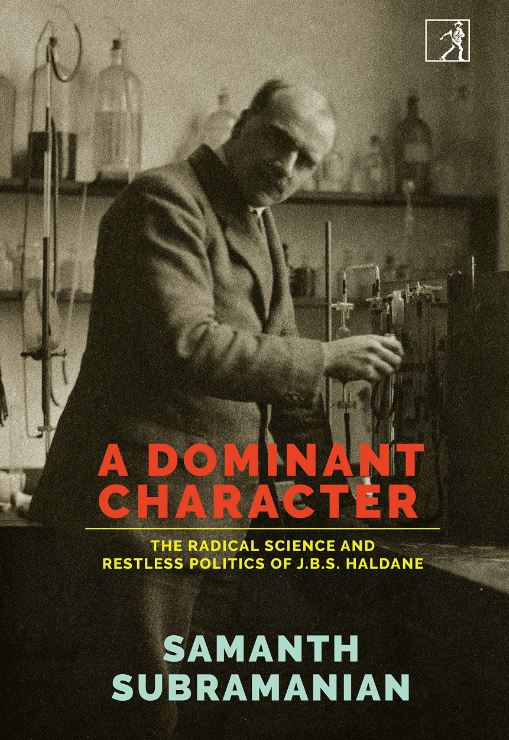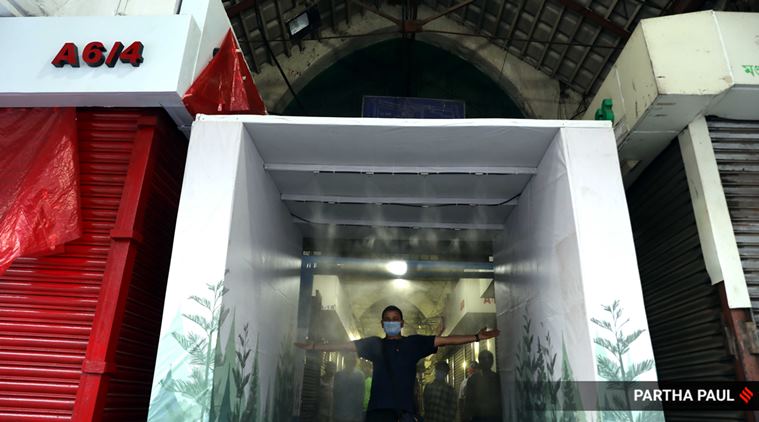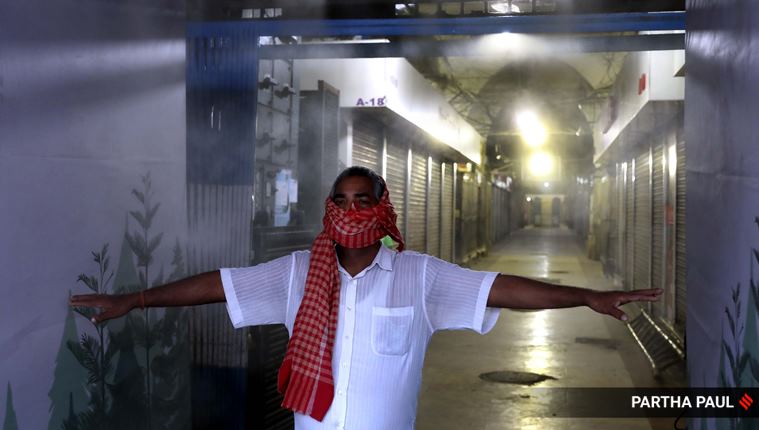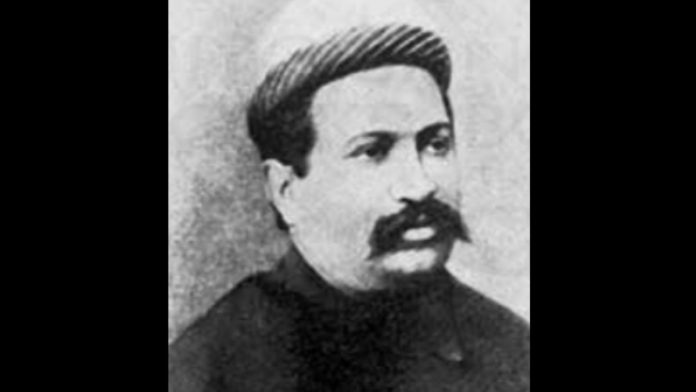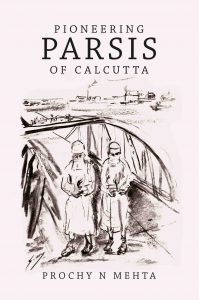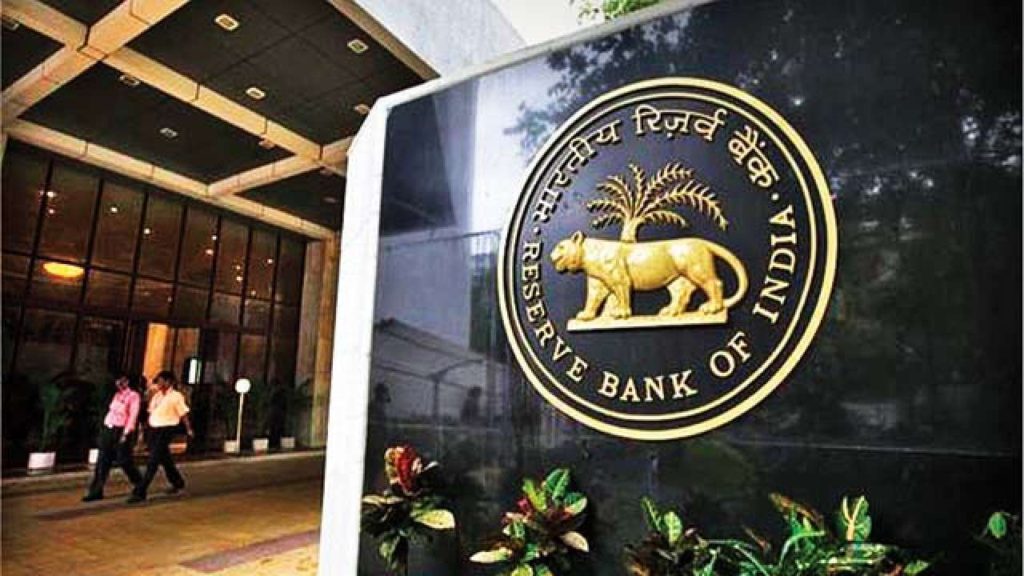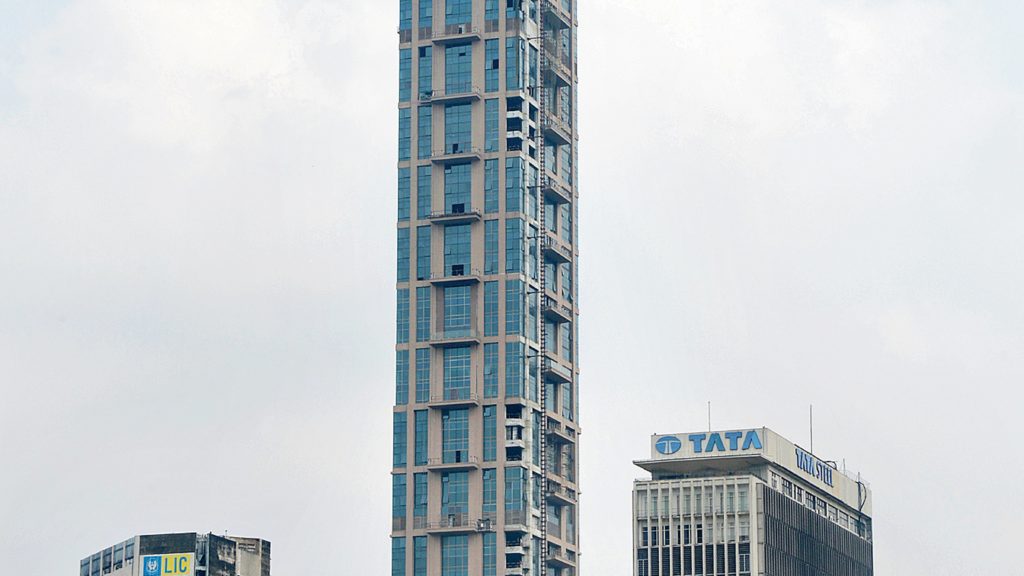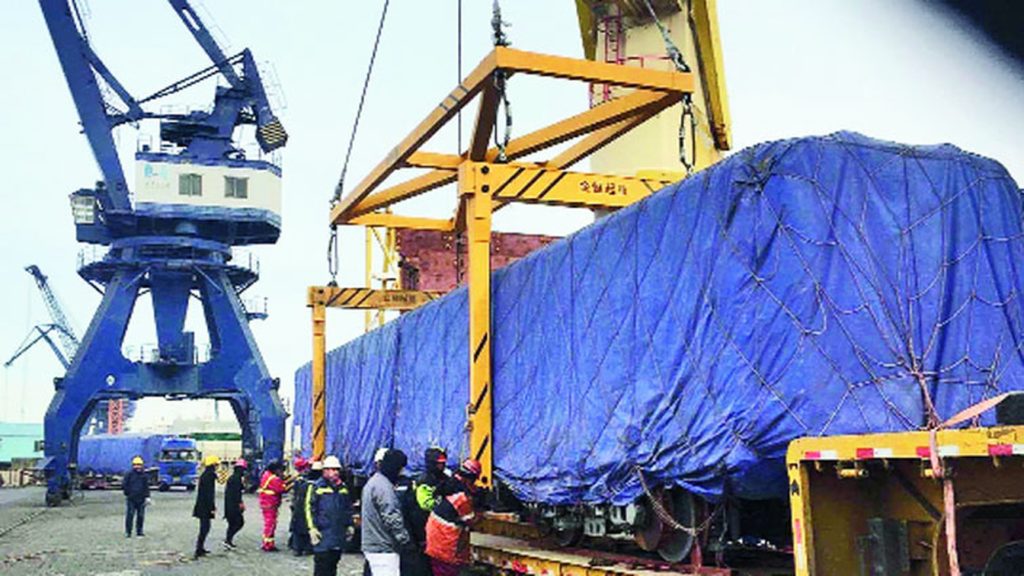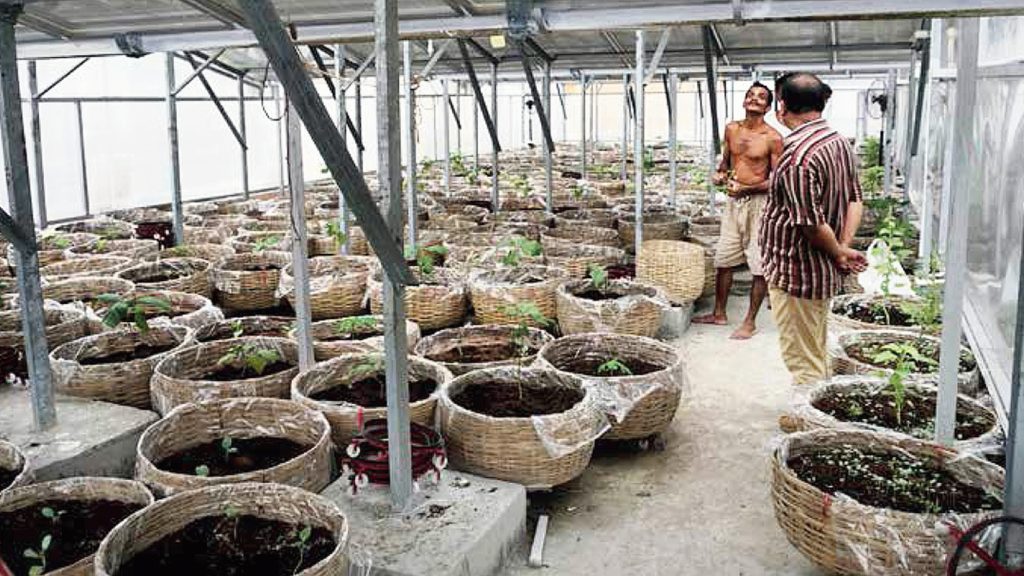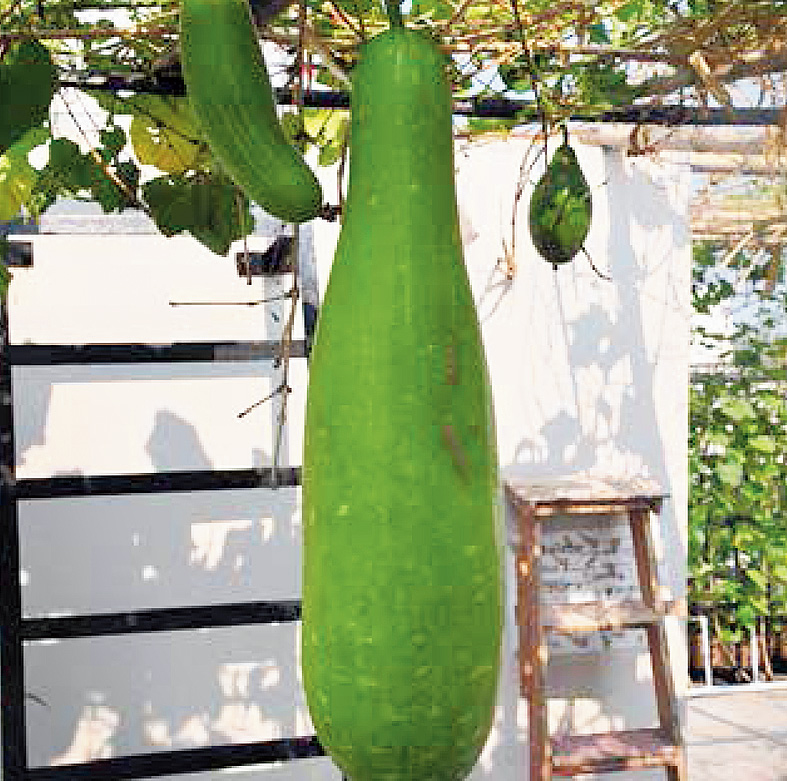The digitised municipal archive was launched in 2017 with copies of the Calcutta Municipal Gazette

Calcutta’s East-West Metro line, the same that will connect Howrah and Dalhousie Square, was conceived nearly a hundred years ago by the British. “An expert had come down from London in 1924,” informs Deepankar Ganguly, who helms the Calcutta Municipal Corporation archives. He continues, “According to the original plan [which is to be found among the archival gems] too, a portion of the stretch was to run under the Hooghly river.”
The digitised municipal archive was launched in 2017 with copies of the Calcutta Municipal Gazette. The gazette’s founder-editor was Amal Home, who had been handpicked by Subhas Chandra Bose when he was the CEO of the civic body. “The gazette blossomed with all kinds of writings and contributions from within India and abroad,” says Ganguly. So you have Mahatma Gandhi writing on khadi and C.V. Raman on music. But primarily, the gazette carried news of municipalities across the globe.

One such issue from 1931 is titled “Raman Number”. Among other things it contains the speech the physicist delivered at the Calcutta Town Hall. It reads: “A hot day in June is not an opportune moment to enter upon praise of the physical climate of Calcutta. But from the point of view of research, there is something more important than the physical climate, and that is the intellectual climate… For a hundred years, Calcutta has been the intellectual metropolis not only of Bengal, or of India, but of the whole of Asia.” The same issue has a clip about a Captain T.A. Joyce of the British Museum who had returned to London after an expedition in the British Honduras, where he possibly unearthed the ruins of a Maya civilisation; the third anniversary of Paikpara library; and an advertisement by the health department of the Delhi Municipality seeking tenders for rat traps.
Encouraged by the then mayor of Calcutta and a generous grant, Ganguly and his team of three digitised all gazettes between 1924 and 1975. But as he himself points out, an archive cannot constitute editions of the gazette alone.
In the days and weeks that followed, Ganguly started to digitise the 1,000-plus books, documents and maps that were in possession of the civic body and would have ended in the rubbish bin for sure. Gradually, rare civic body related documentation procured from elsewhere also found place in the archive index.
An archive is not an archive. It is like Sleeping Beauty waiting to come alive at The Heritage Enthusiast’s touch. Even a cursory scroll down the corporation archives’ online index conjures a different time, different places, a variety of issues. Somerset county’s war on T.B.: 1925. Program of Nutrition education in New York city area: 1946. Public health protection in Soviet Russia: 1946. Paris Street accidents: 1925. Municipal election in Rome: 1947. Tokyo municipality gherao by workers’ union demanding higher pay: 1946.
The bare bones of history mean different things to different people. When Gary Stringer and Ayesha Mukherjee of the UK’s Exeter University visited the archives, they were surprised at a detailed handcrafted map of Subeh Bangla from the 18th century that they were shown. Stringer offered to lend expertise to enlarge the map digitally to reveal details the naked eye could neither see nor appreciate.
Ganguly talks about an incident from the 1946 Direct Action Day that is recorded in the municipal archives. It seems when riots broke out in Calcutta, Tagore’s sister found herself in the crosshairs of the unrest. That is when corporation councillor Haji Md Yousuf came to the rescue of her and the entire family. When this archival finding was reported, someone from the councillor’s progeny got in touch with Ganguly and requested that he be allowed to see the report.
The longish room on the top floor of the CMC building in central Calcutta is teeming with nuggets. How way before Independence, the electric train was thought of by the British, but was axed by the coal syndicate. How the corporation commissioned one Bipin Behari Das to make three motor cars by hand. How one of them is to be found at the Banaras Hindu University. A photograph of Das’s workshop at 100 Bondel Road also exists. A six-line advertisement Tagore wrote for Tisco is to be found, as also news of a member of the Birla clan celebrating a marriage in the family by building a block for Calcutta University. And among the collection of advertisements is one of Dunlop selling pneumatic tyres for bullock carts.
Ganguly praises current mayor Firhad Hakim and his predecessor Sovan Chatterjee for supporting the initiative. A flip through the guest book reveals that the archive has got the attention of researchers from Dhaka to Cornell. It is a fact that as the first municipal archive in India, it has built some sort of a reputation. But as to whether the rest of the city is aware of the riches it has in its midst, there is serious doubt.
source: http://www.telegraphindia.com / The Telegraph, online edition / Home> West Bengal / by Upala Sen / March 15th, 2020
